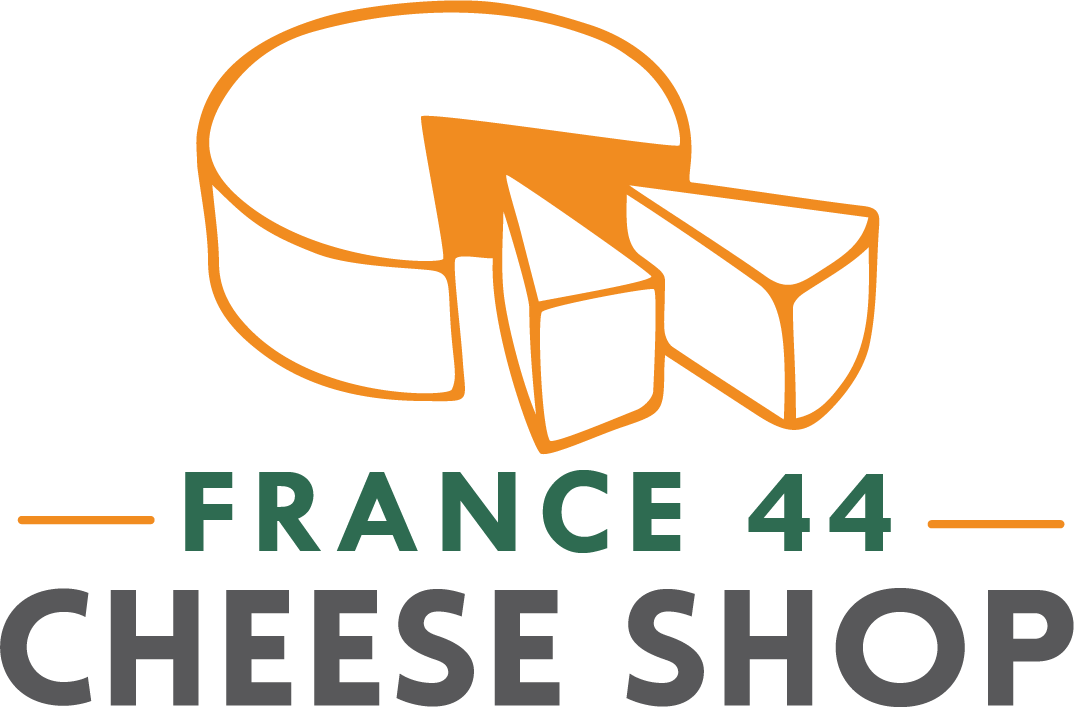by Sophia Stern
Bayley Hazen Blue is definitely a monger favorite. Not only is it sweet, earthy and creamy, but Bayley seems to always fit right in. If someone’s looking for a delicious blue to snack on, Bayley Hazen hits the spot. If someone wants a blue for salad, steak, or dessert, Bayley is the way to go. If someone needs a blue they’ll love, but their blue-adverse relatives will still enjoy, Bayley swoops in to save the day. So this week, we’re leaning in to the versatility of Bayley Hazen Blue and pairing with three different beverages. For a light and fruity option, we picked BrightCider by 2 Towns CiderHouse. For a non-traditional pairing, we chose the Mountain Standard IPA from Odell Brewing. For a classic, decadent experience, we pinned Warre’s Otima 10-year Tawny Port.
Bayley Hazen is an award-winning cheese from Jasper Hill farms, who’ve been rocking the domestic cheese game for the past two decades. In 1999, in the Northeast Kingdom of Vermont, brothers Andy and Mateo Kehler, along with their wives, Victoria and Angie, bought a run down dairy farm that hadn’t seen cows for over forty years. The Kehler family, who’d spent summers in Greensboro, wanted to create sustainable, fulfilling work in a place special to them. Today, Jasper Hill is one of the biggest names in domestic cheese and a star on the global stage, winning international cheese awards since 2012. Though Jasper Hill is famous for many cheeses, Bayley Hazen stands out. Modeled on traditional British blues, Bayley is fudge-like, with nutty notes and aromas of grass. There is no peppery kick, making Bayley flavorful, but mellow and easy to enjoy.
If you’re in the mood for a bright, refreshing pairing, try the appropriately named BrightCider from 2 Towns out in Oregon. Only using apples from the Pacific Northwest, this semi-dry, cider is fruit forward and easy-going. On the other end, if you want a funkier, earthy option, go with the Colorado's Mountain Standard IPA from Odell Brewing Company. Mountain Standard is a middle ground between juicy, sweet East Coast IPAs and piney, citrus forward West Coast IPAs. Like Jasper Hill, Odell is a standout domestic producer. They have pioneered much of the craft beer renaissance we still see today. Finally, if you’re looking for luxury, go with a classic and pair Bayley with Warre’s Otima 10-year port. From the Douro Valley, the highest quality wines are selected to age in seasoned oak casks until perfect. The port’s burnt sugar notes meld with the Bayley’s nutty, sweetness, while the acidity in the tawny port cuts through the cheese’s rich paste. Indulge in the multitudes of blue cheese and pick up all three pairings, or go with the one that speaks to you. No matter what, Bayley Hazen Blue will always be there for you.
